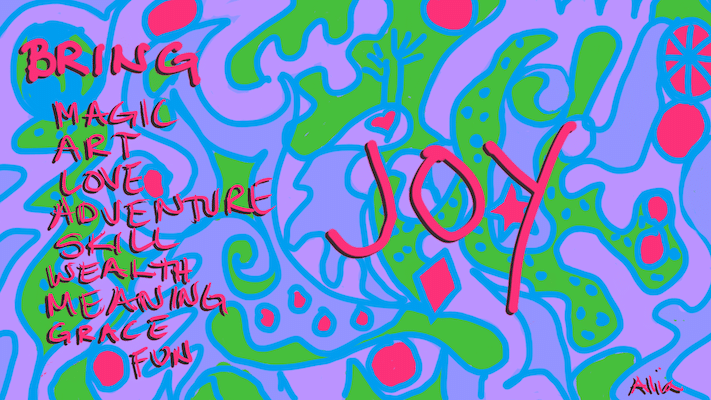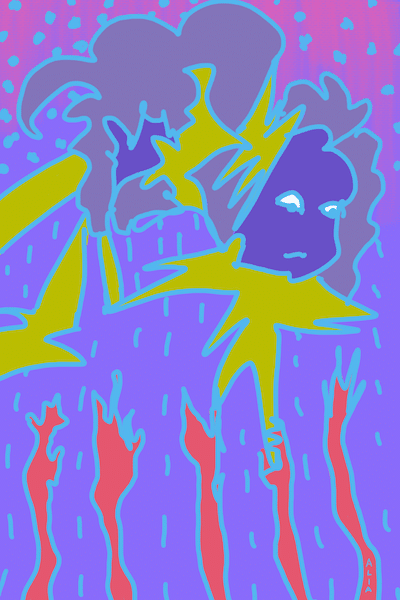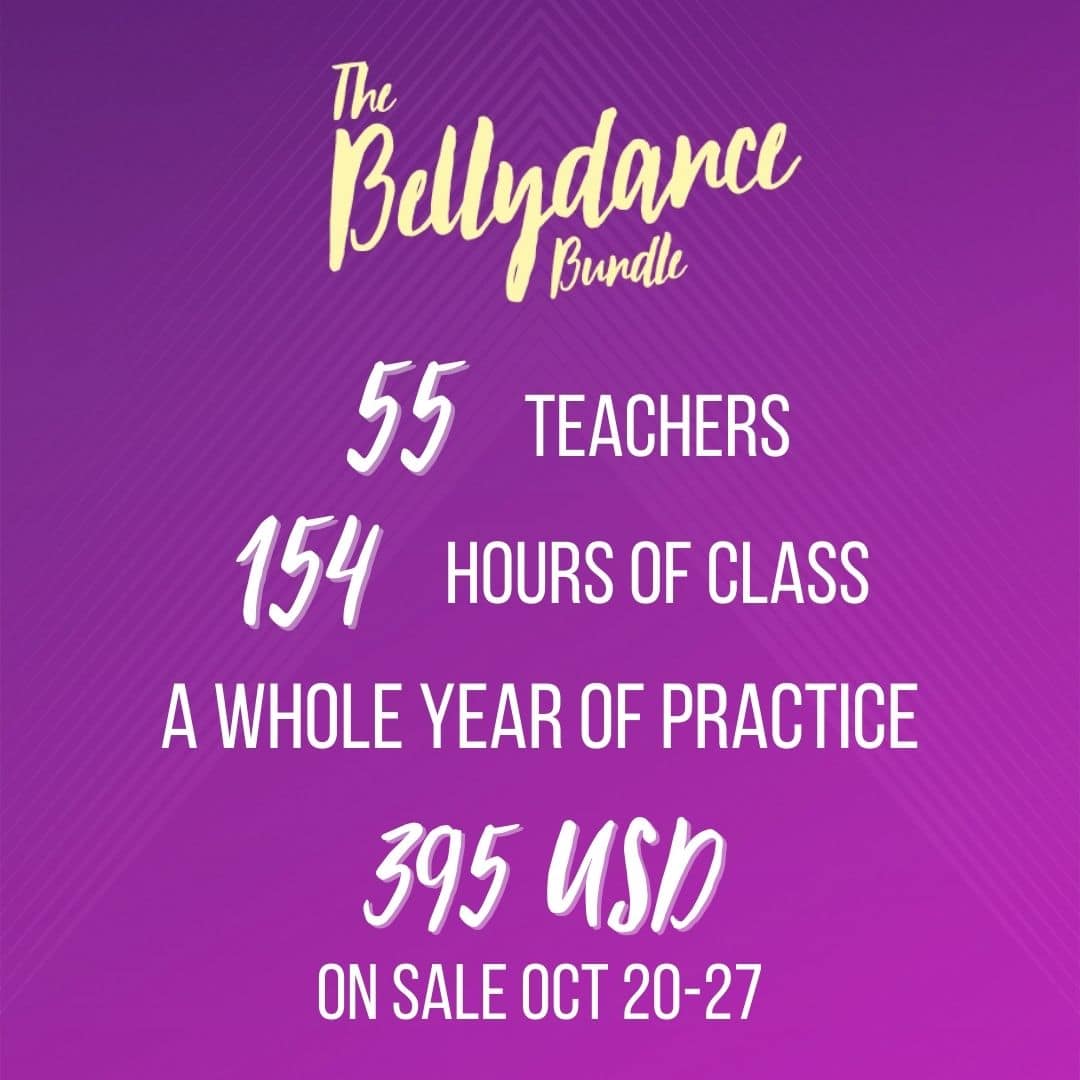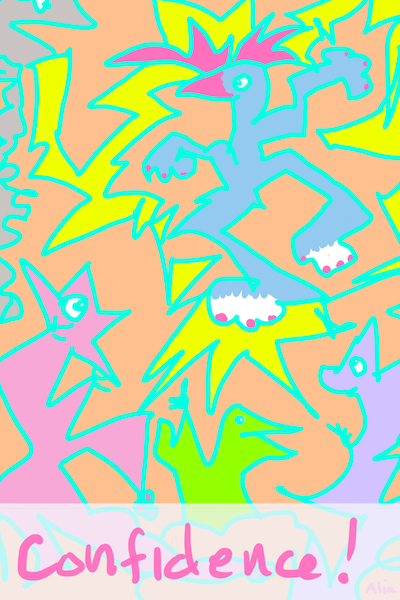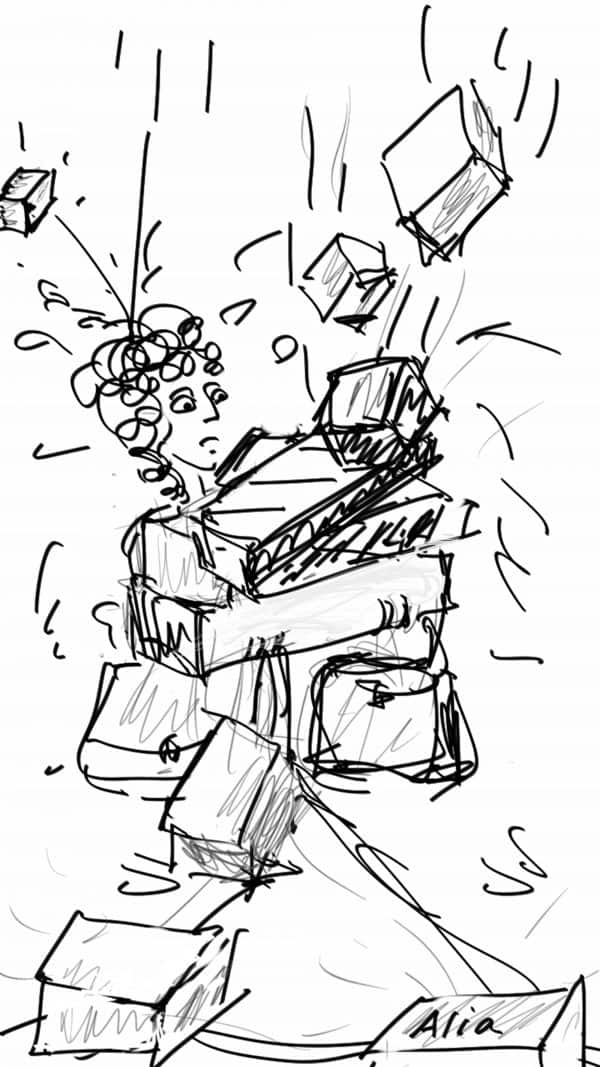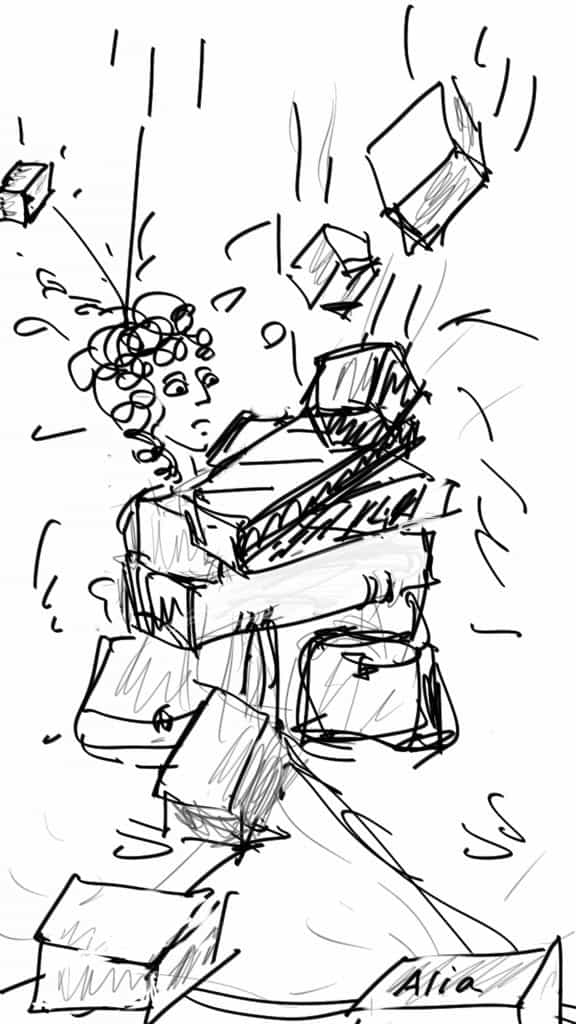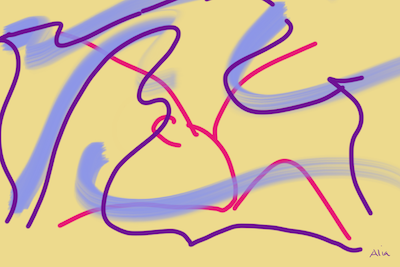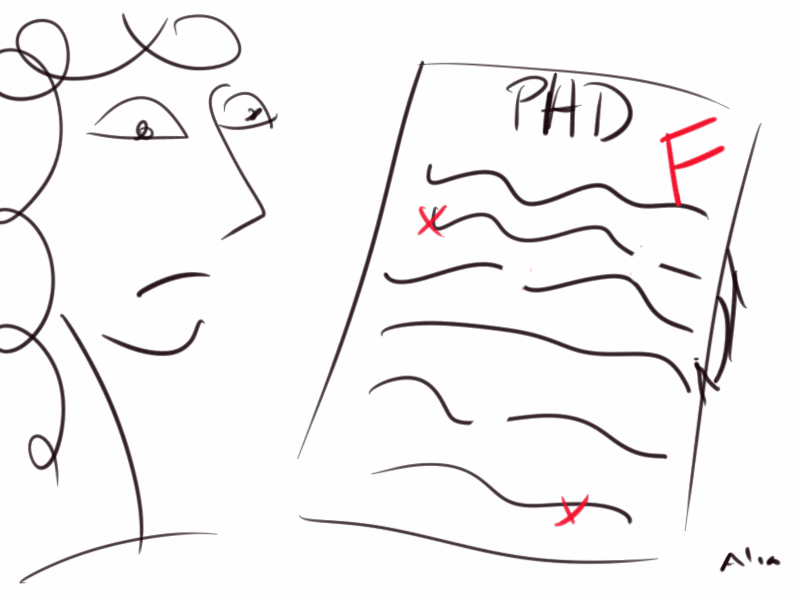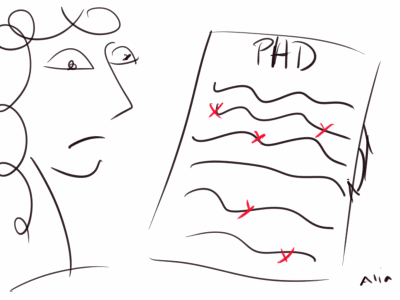Many of you know that Ibrahim Farrah (aka Bobby) is one of my major influences. I attended his classes in NYC religiously for years. One of the things I became aware of over the course of writing Midnight at the Crossroads: has belly dance sold its soul? was how well his teaching methods prepared me for improvisation and performance to live music–even though we had only recorded music in the classes.
Bobby Farrah had a deep understanding of the soul of this dance. He realized the dance is about expression of the dancer’s feeling from the music, that it is about embodiment and timing more than steps or combos. He encouraged personal expression and style in all of his classes. But he did so much more than this.
Bobby’s classes, especially in the early days, were models of learning science
One of the hottest concepts in learning today is interleaving. This means that rather than sticking with one thing until you get it, you keep the brain always reaching. You do different things so the brain never knows what to expect. You cycle through things and make them different every time.

Bobby never repeated.
You could go to his class three times in a week for two hours at a time (and I did). He never repeated. Every single time, he would do something completely different. There was a fairly consistent format of options—for example, a combination, traveling across the floor, following Bobby as he improvised—but it was never the same combo, the floor crossing was always different (and sometimes different for each person), and the impro—well, that, by its very nature, was different every time, even to the same music.
And wow, did we learn!
We learned musicality, how to combine moves, how to transition between them, how to improvise, how to interpret music, how to compose, how to use a stage—without him ever saying much of anything about it. And we learned how to present ourselves, even though we giggled to see Bobby swan across the floor, beaming at himself in the mirror. We learned. It was hard, and it was worth it.
Even in his later years of choreography, the dances were what I think of as “deceptively simple.” They didn’t beat the music to death. They weren’t crammed with show-off steps. They did embody his deep understanding. They made space for the dancer’s own special sauce. For the love they brought to the guests. For their feeling. For the expression and communication of that feeling.
You can tell a Bobby dancer by the way they use the stage. He marked us all, in the best possible way. It took me years to realize what gift he had given us, what a world-class education I had received. It took watching a lot of dancers, many famous, and slowly realizing, Huh. I can do that. I get it. I see it.
Bobby taught us to own our dance
He taught me that I had something to say. He taught me how to say it with dance.
I am proud to carry on his legacy.
This is Part 1. Part 2 is here.
With love,
Alia
PS I am delighted that the Fun Class folks have elected to do a series of classes celebrating his model!
This 5-week session will soon be available to stream!
Come join us! It’s going to be fun ; )
